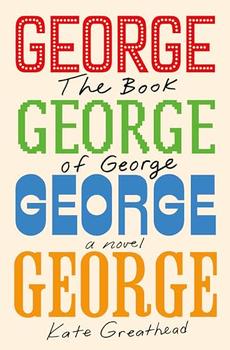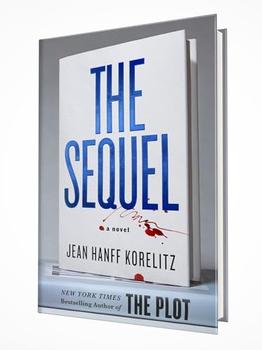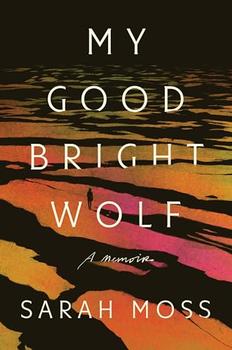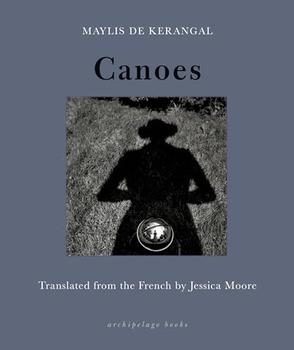Book Club Discussion Questions
Please be aware that this discussion guide will contain spoilers!
Introduction
Returning to Idlewild, Michigan and some of the characters who captured readers'
hearts in her bestseller,
What Looks Like Crazy on an Ordinary Day, Pearl Cleage
writes a beautifully realized work about modern times, second chances, and
making a difference in other people's lives. Joyce Mitchell, widowed too young,
has a full life as a social worker, one filled with purpose and good friends.
But she's begun thinking about putting aside the black clothes she's found so
easy to wear for so long and getting a red dress. She is also realizing that she
needs something more in her life. When her best friend, Sister, fixes her up
with the tallest, sexiest man she's ever met, she sees all sorts of
possibilities -- and too many reasons why it's the wrong time to fall in love.
And Joyce has to quickly figure out what to do with the Sewing Circus, the
all-girl group she founded to provide day care services and counseling to local
girls, many of whom are single mothers. For many of these young women, the
Sewing Circus is a lifeline amid drug problems and abusive relationships. But
the government has decided not to fund her program, and Joyce is desperately
looking for alternatives...while one of the Sewing Circus members finds herself
fighting for her life in this provocative and blazingly frank look at
contemporary African American issues and universal matters of the heart.
Discussion Questions
- One of the characters, Sister, makes up a list of questions for discussing
movies at the Sewing Circus's film festival. She begins with: "Do I
believe this character exists in the real world? Do I like her?" Apply
this question to the novel's protagonist, Joyce.
- What does Joyce's "red dress" symbolize?
- Joyce feels that movies can provide life lessons for the girls in the
Sewing Circus: "My hope is that if they can recognize preventable
foolishness on the screen, the lessons they learn will carry over into their
real lives." (p. 77). Do you agree with Joyce? What are other benefits,
or dangers, of exposing young people to art, whether it's literature,
painting, or the performing arts?
- "That the problem with black women" says Bill. He adds,
"The essence of true love is surrender. All the great poets agree on
that. And if there is one thing a black woman will not do, it's surrender!
No wonder nobody can stay together for longer than twenty minutes at a
time." (p. 239). Do you agree this is the problem with black women in
relationships?
- Love relationships are a major theme in this novel. Can you identify three
"prototypes" or different kinds of heterosexual intimate
relationships depicted through the book? Are any exclusive to the
African-American community?
- Black men are working to "get their act together" in this book.
Bill's workshop comes up with a list of "For Men Only" goals. If
you could add your "two cents," what list would you create for
them?
Unless otherwise stated, this discussion guide is reprinted with the permission of HarperPaperbacks.
Any page references refer to a USA edition of the book, usually the trade paperback version, and may vary in other editions.




